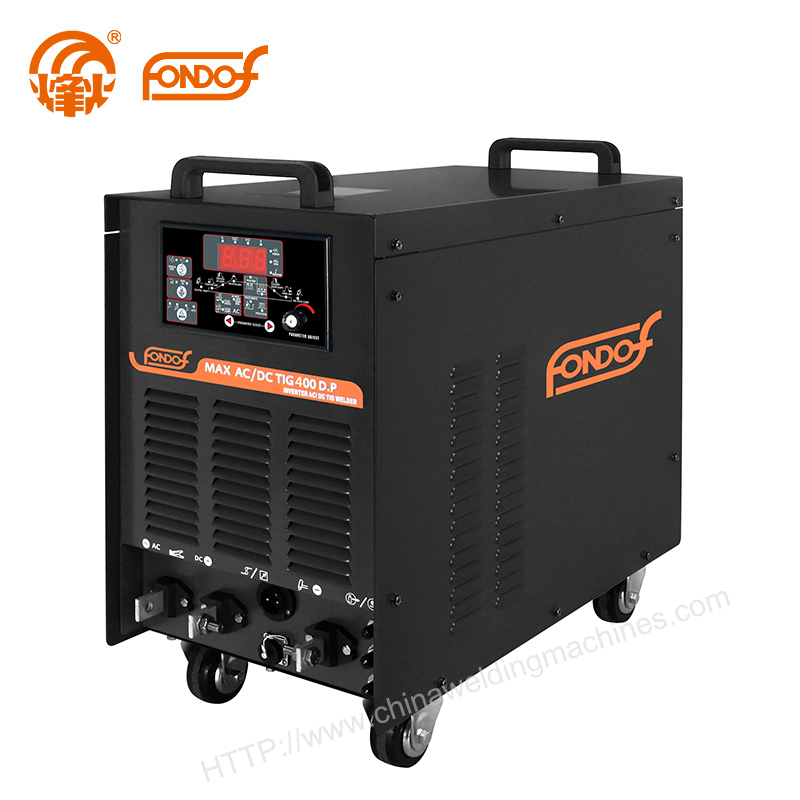Different Types of Arc Welding Techniques
In the realm of metal fabrication, arc welding stands as one of the most fundamental and widely used techniques. It encompasses various methods, each offering unique advantages and applications. In this comprehensive guide, we delve into the different types of arc welding techniques, their mechanisms, applications, and notable characteristics.
Arc welding is a fusion welding process that utilizes an electric arc to melt and join metals. The arc is created between an electrode and the workpiece, generating intense heat that melts the base metals, forming a strong bond upon cooling. This versatile method finds extensive use across industries, including construction, automotive, aerospace, and manufacturing.
Shielded Metal Arc Welding (SMAW)
Shielded Metal Arc Welding, commonly known as stick welding, is one of the oldest and most straightforward arc welding techniques. It involves a consumable electrode coated in flux, which provides a shielding gas and forms a slag to protect the weld pool. SMAW is highly versatile and can be used on various metals, including steel, stainless steel, cast iron, and aluminum.
Gas Metal Arc Welding (GMAW/MIG)
Gas Metal Arc Welding, also referred to as Metal Inert Gas (MIG) welding, employs a continuous solid wire electrode and a shielding gas, typically a mixture of argon and carbon dioxide. GMAW is known for its high welding speed and efficiency, making it suitable for both thin and thick metal sections. It finds applications in automotive manufacturing, construction, and fabrication of structural components.
Gas Tungsten Arc Welding (GTAW/TIG)
Gas Tungsten Arc Welding, commonly known as Tungsten Inert Gas (TIG) welding, utilizes a non-consumable tungsten electrode and a separate filler material if needed. This technique offers precise control over the welding process, producing clean and high-quality welds with minimal spatter. GTAW is favored for welding non-ferrous metals like aluminum, magnesium, and copper alloys, as well as stainless steel and titanium.
Flux-Cored Arc Welding (FCAW)
Flux-Cored Arc Welding utilizes a continuously fed tubular electrode with flux inside, eliminating the need for an external shielding gas. It offers high deposition rates and excellent penetration, making it suitable for welding thick materials and working in windy outdoor conditions. FCAW is commonly used in shipbuilding, offshore construction, and structural steel fabrication.
Submerged Arc Welding (SAW)
Submerged Arc Welding involves feeding a continuous wire electrode beneath a blanket of granular flux, which creates a protective atmosphere and shields the molten weld pool from atmospheric contamination. SAW is renowned for its high deposition rates and deep penetration, making it ideal for welding thick sections of steel in heavy-duty applications such as pressure vessel fabrication, bridge construction, and pipeline welding.
Applications and Considerations
Each arc welding technique offers distinct advantages and is suited to specific applications based on factors such as material type, thickness, and environmental conditions. SMAW is prized for its portability and versatility, making it ideal for field repairs and maintenance work. GMAW excels in high-speed production environments, where efficiency and automation are paramount. GTAW shines in precision welding machine applications that demand exceptional weld quality and aesthetic appeal. FCAW and SAW cater to heavy-duty fabrication tasks that require high deposition rates and deep penetration.
Conclusion
Arc welding encompasses a diverse range of techniques, each with its own set of strengths and applications. Whether you're fabricating intricate components or constructing massive structures, there's an arc welding method suited to your needs. By understanding the characteristics and capabilities of each technique, you can make informed decisions to achieve optimal results in your welding endeavors.
- Previous: Ultimate Guide to AIR Plasma Cutting Machines
- Next: None



